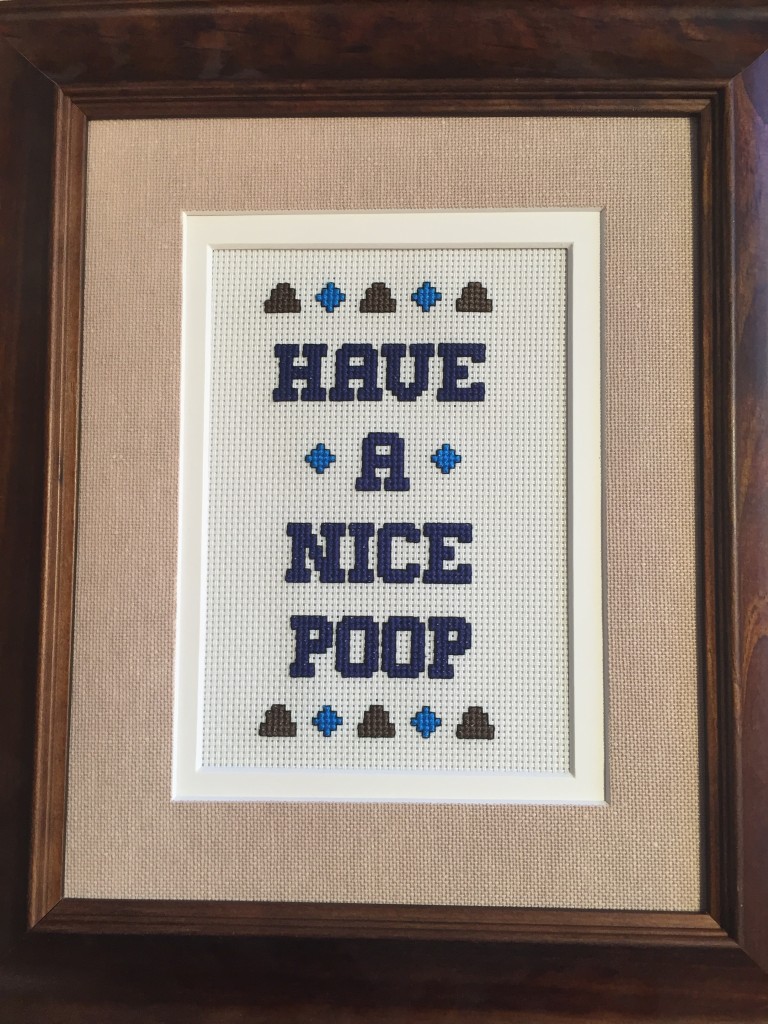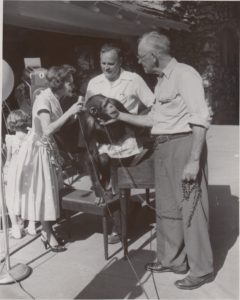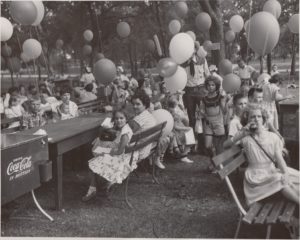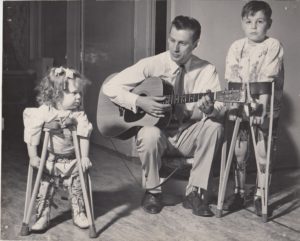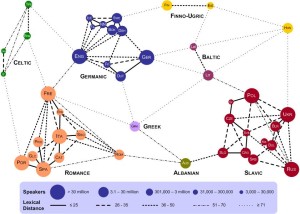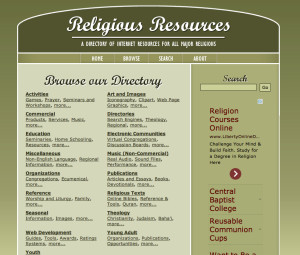One of the good guys
A couple of years ago, I really stepped in it in a local Crime Watch Facebook group. Someone posted a link to a local news article about some burglars who had been caught. When Facebook processed the link, it displayed an image from the article along with the link and article headline: the mugshots of the two burglars, who were both African-American. As was unfortunately typical for this Facebook group, several members posted short, nasty comments, one of which was just the word “Thugs.” I responded to this comment with “You may not want to use that word. It’s racially charged.”
I thought it was an extremely mild rebuke, but I was totally unprepared for the onslaught of responses that I got. In addition to some really nasty name-calling, several comments were self-defensive: “I can’t be racist; I’m Hispanic,” or “I didn’t mean it racist.”
My takeaway at the time was that I was viewing this interaction in the context of systemic racism: you don’t have to have racist intentions for your actions or comments to contribute to a racist atmosphere. The defensive commenters, on the other hand, viewed racism as a conscious act of hatred. Therefore, by their definition, they were not racist.
Today, my favorite blogger Fred Clark posted OotGOism: ‘Whoever tries to keep their life will lose it …’ (That’s One-of-the-Good-Ones-ism). In his post, he explains that if you see yourself as a good guy, that limits your ability to take criticism, to better understand your intentions, actions and the environment in which they exist:
He’s talking about the temptation to want to be seen as “One of the Good Ones,” and the insidious way that desire will trap us in our idea of our selves, of our identity, such that we’ll never be able to become anything other than that — someone trying to be perceived as good. And that’s not the same thing as actually being good, or becoming good, or even just becoming better.
We white liberal types fall into this trap all the time. Well … not so much fall as leap into it, tripping over ourselves to reassure people of color that we’re One of the Good Ones. This often leads to earnest but awkwardly cringe-worthy gestures that aren’t so much products of good intentions as they are desperate pleas to be perceived as having good intentions.
This explains the defensive nature of the responses that I saw in that Facebook group.
White fragility
In regard to my previous post, On Political Correctness, what I experienced in the neighborhood Facebook groups has a name: “white fragility.” Per the linked interview:
SAB: What causes white fragility to set in?
RD: For white people, their identities rest on the idea of racism as about good or bad people, about moral or immoral singular acts, and if we’re good, moral people we can’t be racist – we don’t engage in those acts. This is one of the most effective adaptations of racism over time—that we can think of racism as only something that individuals either are or are not “doing.”
In large part, white fragility—the defensiveness, the fear of conflict—is rooted in this good/bad binary. If you call someone out, they think to themselves, “What you just said was that I am a bad person, and that is intolerable to me.” It’s a deep challenge to the core of our identity as good, moral people.
Interesting.
Jobs that no longer exist?
Today, I saw a Reddit thread about jobs that no longer exist. Of course, the entire discussion thread consisted of people naming instances where the jobs do still exist but are much less common than in the past. One of the jobs on the list was: bowling pin setter. Well, this job does indeed still exist among the nine-pin bowling league of central Texas. One of my first jobs as a kid was setting pins at the Spring Branch Bowling Club. It was a rough job, and I didn’t last long at it. And it is also dangerous. The pin setter sits up in the superstructure above the pins, and when someone bowls, the pins can go flying pretty far and fast. In fact, certain bowlers threw the ball so hard that the pin setters watched for them and the pin setter for that bowler’s lane and the surrounding couple of lanes moved away from the lane altogether so as not to get hit by flying pins.
Ruth Wiley, Polio Nurse
Katie and Hannah have been sorting and scanning a huge box of photos and other memorabilia that Katie got from her mother, including photos from her mother, Ruth Wiley. During the early 1950s, Ruth Wiley was a supervising nurse in the children’s polio ward at Burge Hospital in Springfield, Missouri. We have scanned and uploaded a bunch of photos that she kept from that time.
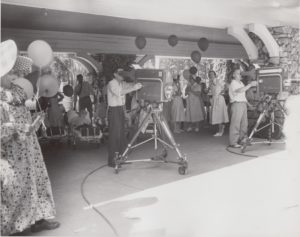
Lexical Distance Among the Languages of Europe
This is a really nice visualization:
Per the accompanying article:
This chart shows the lexical distance — that is, the degree of overall vocabulary divergence — among the major languages of Europe.
The size of each circle represents the number of speakers for that language. Circles of the same color belong to the same language group. All the groups except for Finno-Ugric (in yellow) are in turn members of the Indo-European language family.
End of an era
I first got on the internet in 1995. I spent my evenings on my new Windows 95 PC exploring this new wonder via 28.8 kbps modem. I had been working with the SGML document format at work, so the HTML of the web came easily to me. Like many people at that time, I had my own web site on GeoCities.
I decided to create a web site for the church that Katie was serving as a minister at the time. While working on the site, I came across a set of web pages that listed, in categories, pretty much all religious-related web sites existing at that time–the web was still small enough that such an endeavor was possible. For some reason, I emailed the site’s creator, Susan Brumbaugh, and we became email friends.
Susan was working on her Ph.D. In sociology at the time and spent her days at a Sun workstation at the university, which meant that she was one of the very first people to get internet access. Like me, Susan was learning to author web pages and had decided to create a web site for the church she was attending. But Susan was (still is?) a collector, and as she explored the web, she created a catalog of the sites she ran across. So was born her site ‘Religious Resources on the Net.’
By 1996 or so, I had moved on from learning HTML to web programming in Perl. Susan’s directory of religious web sites was an obvious choice for converting from a set of static web pages to a database-driven web site. So, I converted it to Perl CGI and a flat-file database. Susan could add, edit, and delete sites by editing the text file. At some point, we acquired the domain religiousresources.org and moved the site there.
In about 2002 or so, I was learning the LAMP technology stack, so again I migrated the site to PHP and a MySQL database with a full-fledged administrative interface for Susan to review submitted sites and manage the site. I also redesigned the site at that time, and I have to say that, in my biased opinion, at least, the design has held up pretty well for a decade:
Through all of this, Susan maintained the list of sites as a labor of love. Eventually, she went from finding sites herself to taking submissions. But she still reviewed each submission for suitability to her standards for the site, appropriate description and inclusion in the appropriate category. As the web grew, this became a big job.
Throughout the early years, we explored options for making at least enough money from the site to pay for its hosting. We considered and rejected banner ads back when they were popular. We found them too distracting, and the potential for ad revenue didn’t seem very good. However, when targeted Google AdWords ads came along, we found something that would earn us some money and would actually be an improvement to the site’s visitors. Since the purpose of our site was to help its visitors find resources elsewhere, relevant ads actually added options for our site’s visitors.
Eventually, Susan’s and my interests changed: we had families, changed jobs and cities, etc. Combined with the ever increasing number of submissions for inclusion in the directory, we eventually got hopelessly behind in reviewing submissions. Eventually, we quit taking new submissions since we were not dealing with the existing ones.
After several years of neglect, as the sites in our directory got older and more irrelevant, we have finally made the tough decision to shut down the site. Susan and I have done other interesting web work over the years and formed an enduring friendship and business partnership . It’s been a good run, but it’s time for this chapter to come to an end.
New web site
My personal web site had long passed its expiration date since most of the content is now hosted in content-specific places: photos on Flickr, my thoughts in my blog, etc. So, I’ve put it all in WordPress and integrated the blog directly into the personal web site. I’m in the process of (finally) uploading all the old photos that I originally published here into Flickr.
Exchange student starved?
I have no opinion on the foreign exchange student who lost massive amounts of weight while on his exchange program. However, I would like to relate my own exchange weight loss story as a data point:
I was an AFS student (from the US) to Austria in 1982-83. I lived with a family that owned a pastry (Konditorei) and bread (Baeckerei) bakery and two cafes (with the bakery and one cafe in the house), and I managed to lose 40-50 pounds in the 10 months I lived there (from a somewhat overweight 205 lbs to a very fit 160 lbs).
Torture? Starvation? No, I simply went from a typical sedentary, junk-food-filled American lifestyle to an active Austrian lifestyle. In the US, I drove everywhere, and I consumed an entire box of Fig Newtons when I got home from school in the afternoon (while watching Gilligan’s Isle).
In contrast, in Austria I walked and rode the bus everywhere, and had three meals a day plus maybe one piece of cake or other pastry. I can only imagine what it would have been like if the family had served vegan, not fat-filled meat-heavy Austrian, food.


